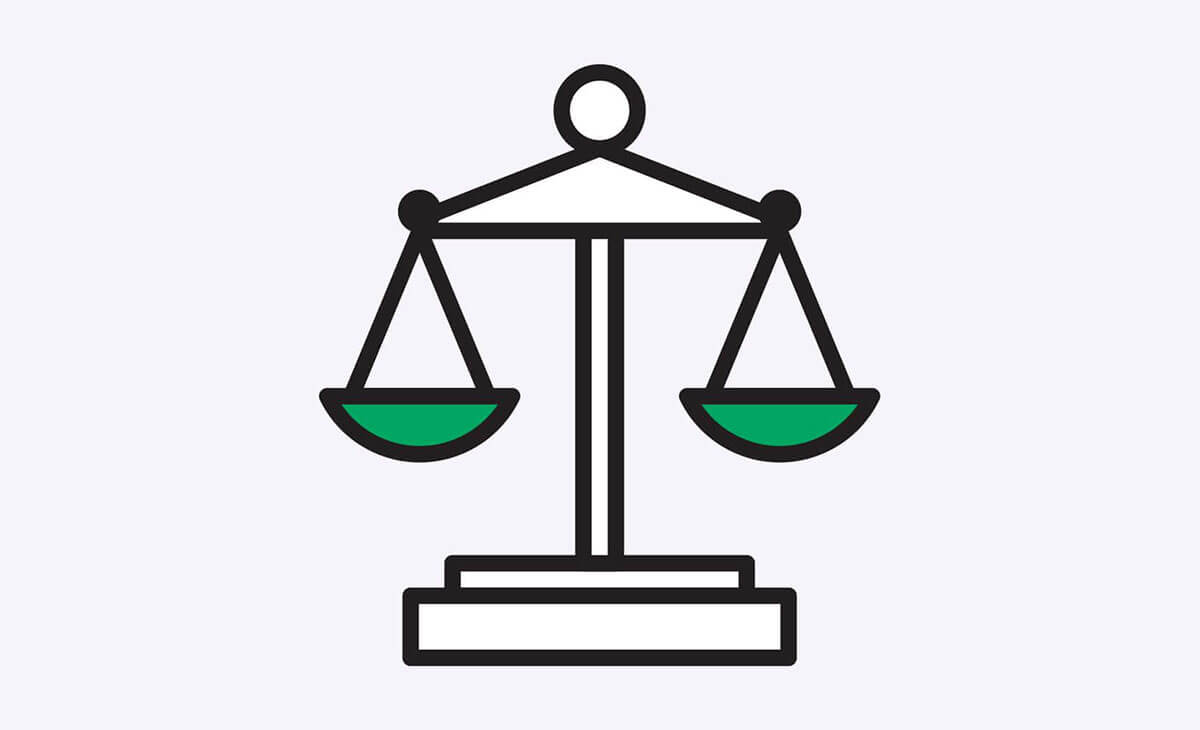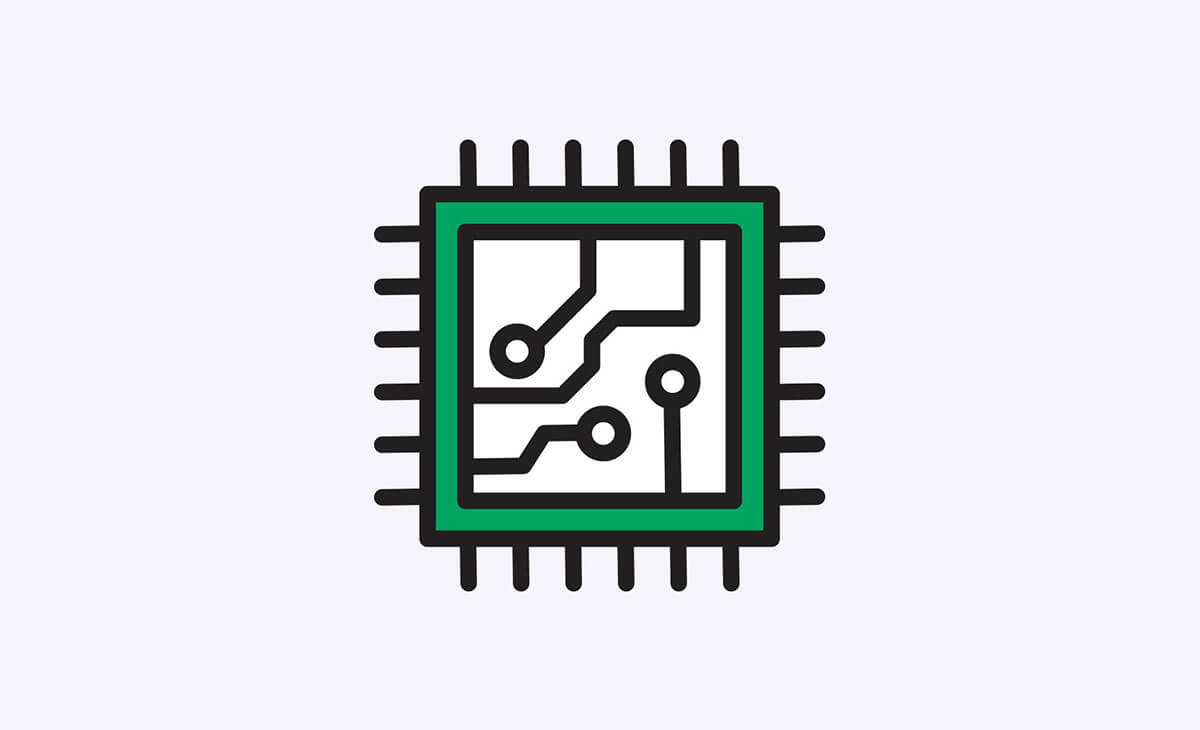The Wall Street Journal recently ran a piece on the growing number of corporate clients who refuse to pay to have junior lawyers staffed on their matters (also see the WSJ Law Blog post on the article and Ashby Jones on Mean Street being interviewed about the trend). The essential facts are:
According to a September survey for The Wall Street Journal by the Association of Corporate Counsel, a bar association for in-house lawyers, more than 20% of the 366 in-house legal departments that responded are refusing to pay for the work of first- or second-year attorneys, in at least some matters. Almost half of the companies, which have annual revenues ranging from $25 million or less to more than $4 billion, said they put these policies in place during the past two years, and the trend appears to be growing.
This is consistent with what we’ve heard, with clients pushing for better value from their outside counsel. The article continues:
Leaders at law firms said they are mindful of their clients' concerns. And many say they have launched—or broadened—their own training programs. But they haven’t yet solved the dilemma. … R. Bruce McLean, the chairman of Washington, D.C.,-based Akin Gump Strauss Hauer & Feld LLP, said that if the trend continues, firms will have to find a new solution, perhaps a new billing model or intensive training programs similar to those in the U.K., where prospective solicitors take a one-year course on legal practice followed by an apprenticeship.
Defining the Problem
The “first-year dilemma” is that junior Biglaw lawyers are perceived by clients as not providing good value, but these new lawyers need to gain experience to develop into quality practicioners. Junior lawyers' low perceived value stems from two sources: (1) lack of relevant training and experience, and (2) a high proportion of their work being on tasks that could better be done by (or with the assistance of) technology or others (i.e., in- and outsourcing).
Solving the Dilemma
In August, the Law Blog ran a piece about how Debevoise & Plimpton and Skadden, Arps, Slate, Meagher & Flom were having significant numbers of their junior associates complete four weeks of business training put on by Fullbridge, followed (according to Above the Law) by another month of training for the Skadden associates (see our comment on this story here). Lack of training is part of the junior associate problem and better training can be part of the solution. Elements like Fullbridge business training are a sensible if indirect route to better business lawyers. While hands-on training programs (like the one Skadden is apparently running) help more immediately by giving experience in practical skills. Both are good and useful. But building the skills of a third year (midlevel) lawyer literally takes years of experience.
Training is only part of the problem, however. Even clients with “no junior lawyers” policies in place still have work being done (at high rates) by third- or fourth-year lawyers that these associates are not suited to. Closing set creation, turning changes, document review, and due diligence all need to get done and be done well, but the Biglaw status quo process for completing these tasks is imperfect. As the Journal article relates, sometimes outsourcing (or insourcing) provides a solution:
“The savings with contract attorneys can be huge,” said David Nation, the general counsel at software maker Bentley Systems Inc., outside Philadelphia. He said that on several large litigation matters in recent years, the company had used contract lawyers instead of young law-firm associates to handle the paper-intensive and costly “discovery” phase of the cases. “Instead of paying $200-$300 an hour, we were paying $60 or $70. And the quality has been uniformly outstanding” he said.
Many top law firms feel, however, that outsourcing to less qualified, educated and trained lawyers may save money, but will not lead to better work product on many tasks. This is where technology comes in. As litigators have learned in recent years, technology-assisted discovery document review can yield more accurate results than human review alone, and do it in less time too. Westlaw and Lexis have extended lawyers' legal research capabilities. Deltaview made document comparison more accurate and much faster. There are many other aspects of Biglaw practice that could benefit from technology-driven improvements, ranging from document assembly to due diligence. And these technology advances will support lawyers, making users able to do their job faster and to a higher standard. When applied to junior lawyer work, technological improvements are another part of solving the first year dilemma, allowing junior lawyers to do better work in less time. Meaning clients should be more willing to pay to have new, but now more productive, lawyers do their work.

